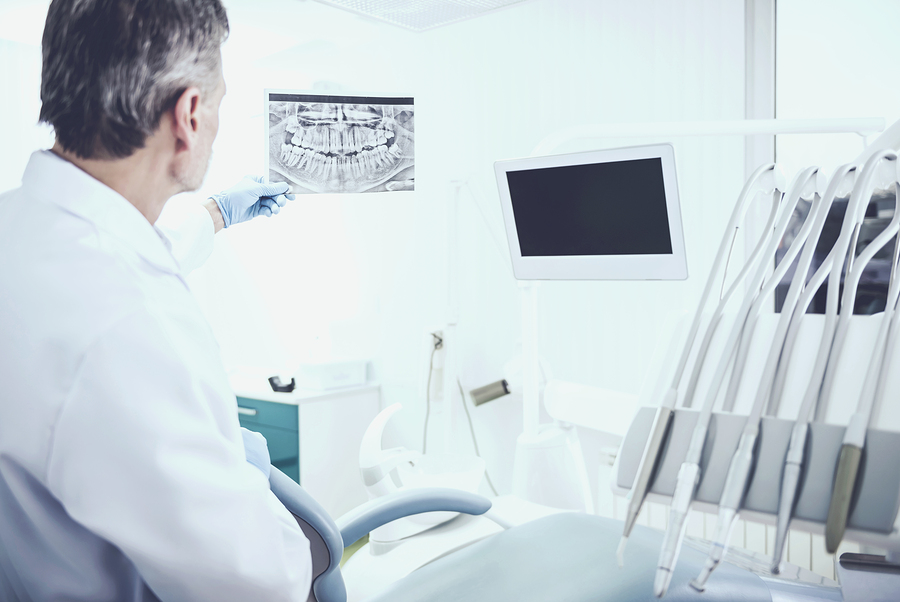Conjure up the image of a dentist in the frontier days: A man yanking out rotten teeth from his patient’s mouth with crude tools and no anesthesia. (No, whisky doesn’t count.) Fortunately, times have changed, and dentistry has changed for the better since then. Here’s how I see the ways dentistry has changed, even from my experiences at the dentist as a child.
Higher Tech
Digital x-rays, cone beam CT, intraoral cameras, and lasers are just a few of the advances in dentistry seen in the past few decades that are now widespread. Orthodontics have come a long way, too, with more options beyond the classic metal brackets and wires, with lingual braces, self-ligating braces, and clear aligners like Invisalign. Cosmetic dentistry has also seen an explosion of innovation and improvement in veneers, implants, whitening, and more. Finally, many techniques themselves have improved, as dentists and orthodontists look for ways to improve upon existing protocols.
All these advancements make for a better patient experience and better outcomes. We’re able to do things now we wouldn’t have been able to do in the past, and our patients are benefiting from this technology with better oral hygiene and more attractive smiles.
Holistic Approach
When I think about my experience at the dentist as a child, I’d describe it as compartmentalized. That is, the dentist was there to take care of the patient’s teeth and gums, and that’s it. It would not have occurred to me or to my parents to discuss bedwetting, snoring, or shoulder pain with our dentist.
These days, though by far the standard, I see more and more dentists beginning to take a holistic approach to their work instead. They consider each patient as a whole, rather than only considering oral health. They discuss the patient’s other symptoms, such as headaches or sleep apnea, to look for opportunities to improve their health beyond simple fillings and such. I take this approach in my own practice, and I’ve seen first-hand how it benefits my patients.
Patient Experience
Beyond bubblegum flavoured polish and maybe a sticker or two when I was a kid, going to the dentist felt straightforward and clinical. The waiting room was cold and boring and the treatment room was full of scary looking equipment. Perhaps knowing that many people still have a fear of the dentist, dentists have tended towards improving the patient experience from start to finish, designing a more relaxing atmosphere and trying to reduce the things that provoke anxiety.
We do this at my practice. My team and I focus on what we call the “five-star experience.” The waiting room is clean with a TV and plenty of reading material for entertainment, free wifi, a toy box for the kids, and chilled bottled water. Our treatment rooms feature soft lighting and comfortable furniture, with the big medical equipment out of the way. Just as important, every member of our team is professional and friendly, from the moment someone calls to make an appointment and talks directly to a person rather than a machine through treatment to check-out time. We’ve found that when people don’t dislike – or even enjoy! – their experience at the dentist, they’re more likely to come back and to take care of their dental health.
Looking Forward
Patients now have access to better dental care with high tech equipment and advanced techniques provided in a holistic and supportive way compared to the past. It’s been very exciting to be in this field and to see how it’s changed in just a few decades since I was a kid. It’s also been professionally gratifying to be able to give my patients exceptional care that keeps improving as dentistry advances. I can’t wait to see what’s in store in the decades to come.

 Dr. Ami Barakat
Dr. Ami Barakat